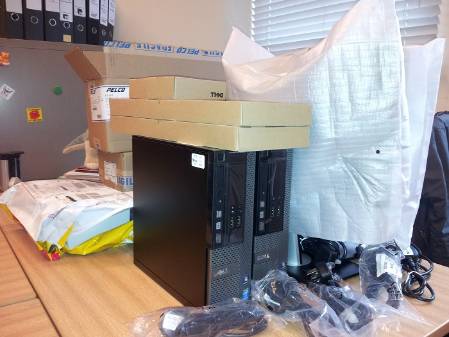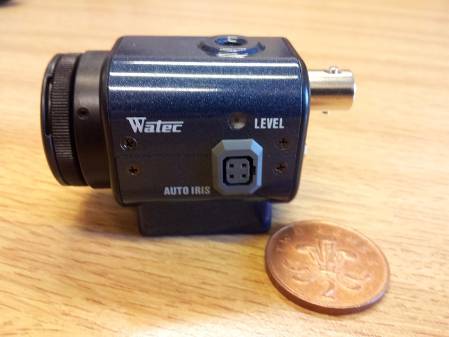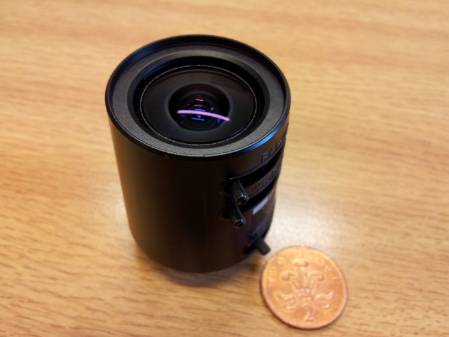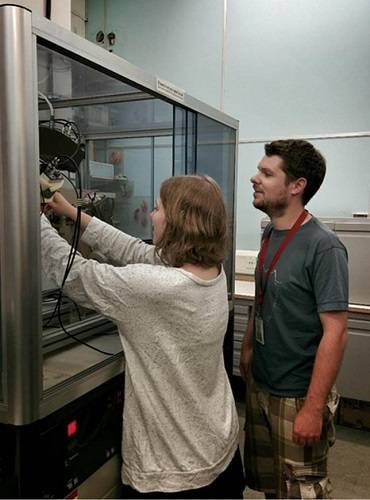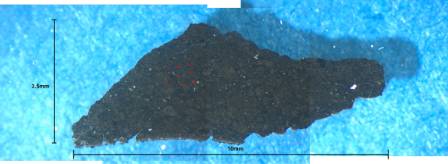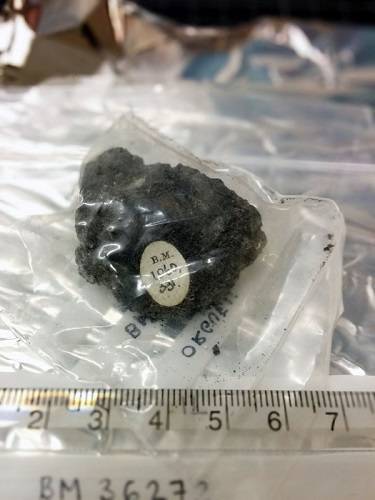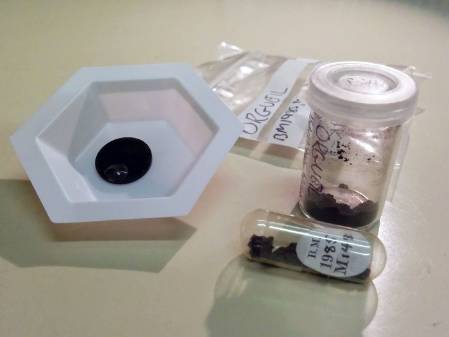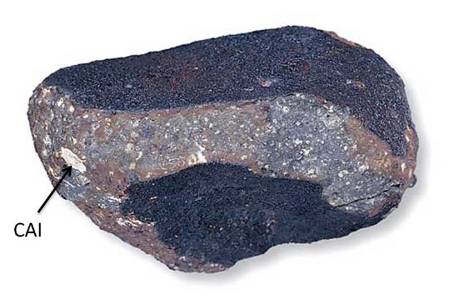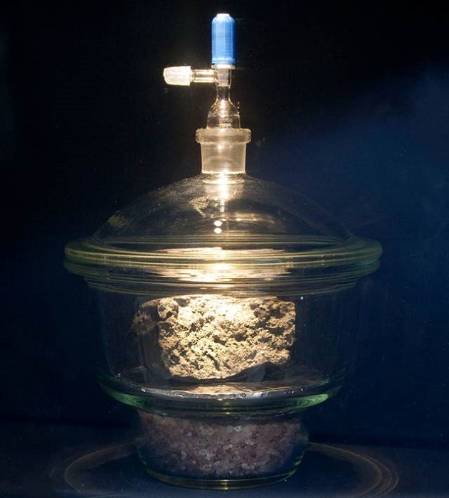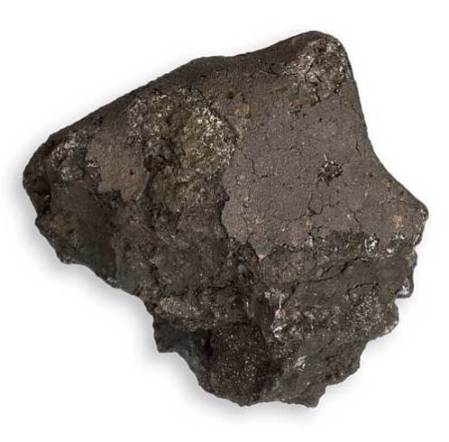Hi all! Natasha here again, raring to tell you all about a most excellent trip that I’ve recently returned from. It was my first experience of the US and boy was it a good ‘un. Killing two birds with one Texan stone, I first went on a short course on geological applications for computed tomography (CT) in Austin, and then on to Houston for a visit to the NASA Johnson Space Center.
Micro-CT is a remarkable (and pretty novel) technique that uses X-rays to image specimens in three-dimensions, giving us a non-destructive way to see what’s inside. I use it to look at extraterrestrial material, but the scanner at the Museum gets used for all sorts! Sometime I'll do a more detailed post that goes into the physics of it all, but for now, back to the Lone Star State.
So my experience can be summed up in three words – humid, delicious and rocky! Everything is bigger in Texas. The cars (read pick-up trucks), the cakes, the personalities! Arriving into 40°C heat in Austin, my glasses immediately steamed up. After a short shuttle bus to the hotel, I was excited to meet my roommate for the duration of the course, a lovely PhD student studying drill cores with CT at the University of Florida.
Course on CT scanning
The short course was run by the High Resolution X-Ray CT Facility at the Jackson School of Geosciences (UTCT) in the University of Texas at Austin. This fantastic lab has been doing pioneering work in the geological applications of CT for almost 20 years. As well as getting a very helpful tutorial on their in-house software and talks on successful projects they have done, we also had the opportunity for a tour around the labs. UTCT has two CT scanners, which are optimised for different sizes and types of sample, including one instrument with detectors on microscope objectives. This means they can sort of ‘zoom in’ to features inside the specimen and get very high resolution images! Luckily they also have air conditioning in the lab otherwise I’m sure I’d have passed out from the heat!

Ryan in the computer lab, learning how to use Blob3D.
That evening, all the course delegates were invited to a marvellous barbeque at the course director’s house, with home-smoked brisket, and my first Texan ribs! As well as enjoying dinner, I was dinner for certain unwelcome party guests… I left that night with about forty mosquito bites!
Tuesday and Wednesday were likewise spent in workshops and tutorials on both CT hardware and software. One of the most important and useful aspects of attending the course was the chance to spend time with other rock-minded people, to share ideas on how to tackle problems or artefacts in the data, and to make contacts for future collaboration or discussion. We also managed to sneak in a couple of World Cup games along with a quick craft beer tasting walk through the city!

Congress Bridge in Austin and the crowds awaiting the awakening of the million or so bats that live underneath.
Oh, and to continue the gastronomic theme, I tried a chimichanga, Detroit-style pizza, possibly the best pulled pork sandwich I’ve ever had, and breakfast burritos. Mostly yum!

This is a chimichanga, a deep fried burrito, soaked in cheese. Can’t say this one went down well!
As if often the case when you’re having fun, the days passed quickly, and it was soon time to leave Austin. I headed on to Houston for the next stage of the trip.
A trip to NASA
The Johnson Space Center is NASA’s base for human spaceflight training and flight control, and houses their Astromaterials Research and Exploration Science department. This means that all the astronauts are based there, and all the Apollo samples, Antarctic meteorites and samples collected during the Stardust and Genesis missions are kept there! It is possibly the most awesome facility that I could ever imagine.

The Space Shuttle Endeavour flying over the Johnson Space Center on a Boeing 747 carrier aircraft. Copyright NASA.
The key reason I went to NASA was to visit Ryan Zeigler, the Apollo Sample Curator. Ryan is responsible for looking after all the rocks, soils and cores brought back by the Apollo astronauts on the six missions that landed on the Moon. Back in February, he brought four of these samples, from Apollo 14, 15 and 16, to the Museum, and we CT scanned them here together in the Imaging and Analysis Centre.
We haven’t written up the results yet, but all four scans were very interesting, showing different textures and inclusions. One of the most exciting finds was that of a very large clast of basalt in an Apollo 16 breccia (a rock made up of fragments of other rocks or minerals). Below is a visualisation I made of the CT data, which shows the outline of the sample and where the clast is located inside (the green mass). This kind of image is invaluable for curators who would like to know exactly where to slice into the rock to expose features of interest for science. The sample is about ten centimetres across.

A visualisation of the location of a basalt clast within an Apollo 16 breccia, made using the Drishti program.
Blimey, that’s a long post already and I’ve barely got on to the coolest stuff that I saw and the rocks that I got to hold! I’ll leave it there for now but check back soon, as I’ll be doing another post all about the Lunar and Meteorite Laboratories! Here’s a taster:

A lunar basalt, collected by Apollo 11. The only rock to have been brought from the Moon then taken back into space for a trip on the International Space Station.
Lastly, if you’re ever in Texas, check out the ribs at Rudy’s!



